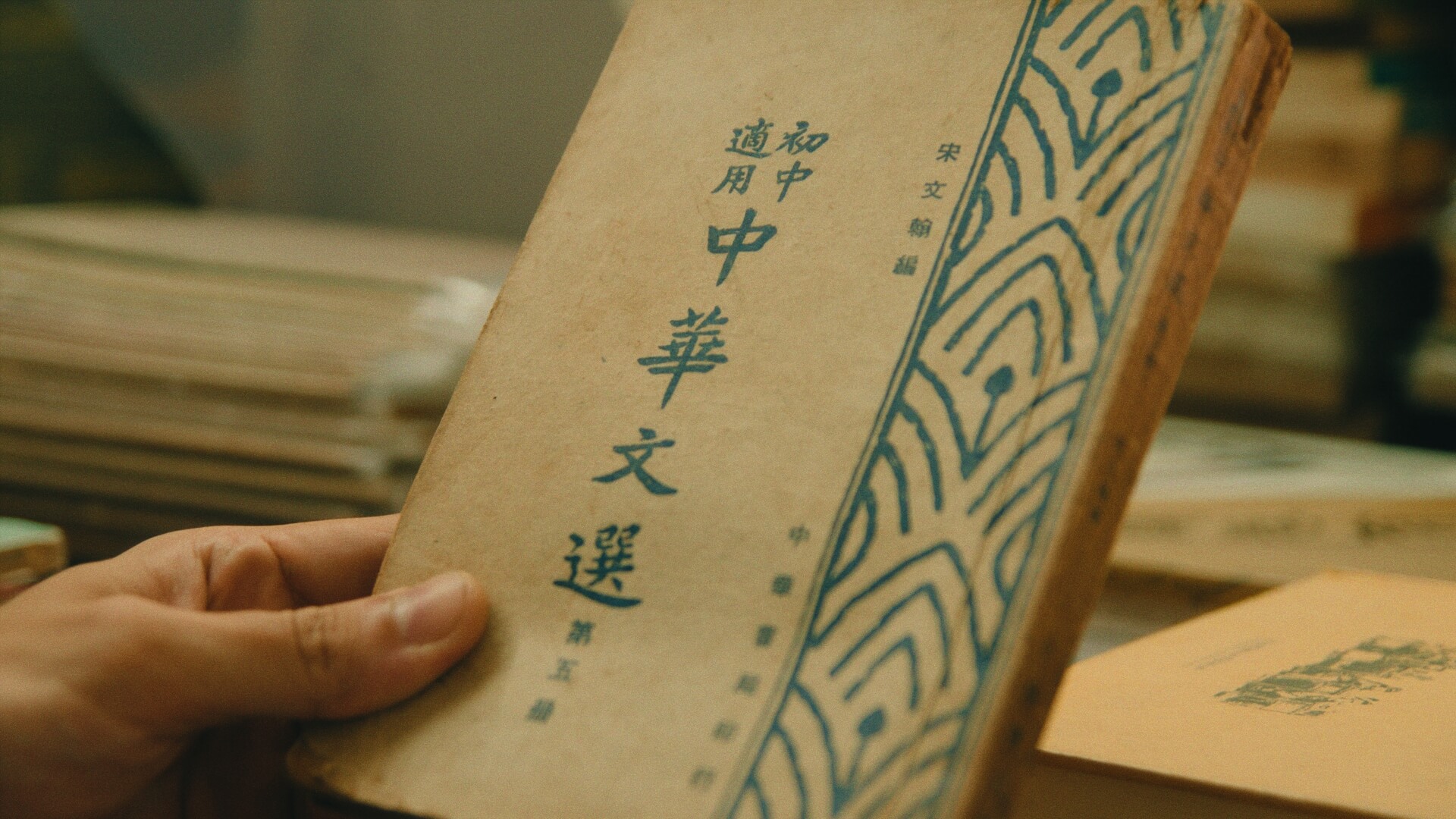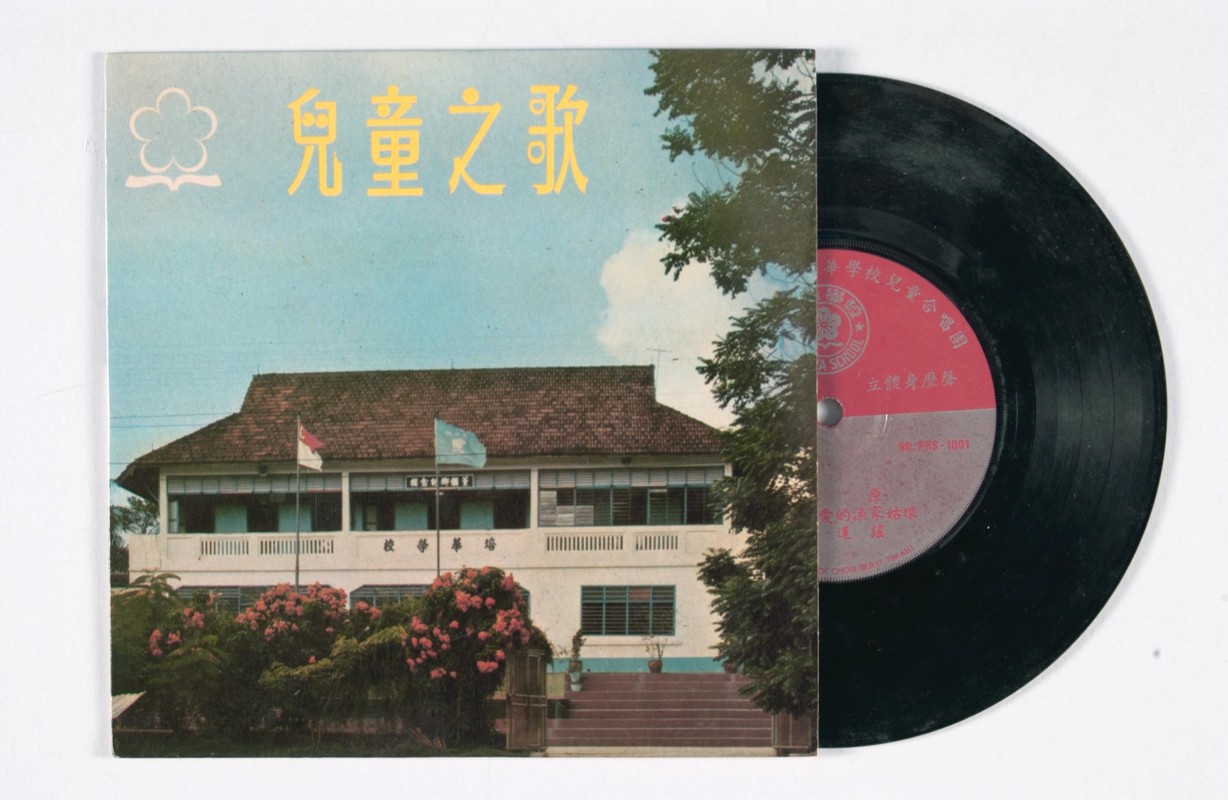From Chinese-language education to bilingual education system (1960s to 1980s)
In 1959, Singapore broke away from British colonial rule and became a self-governing state. The ruling People’s Action Party government wanted to treat all language streams equally, so it continued the existing policy of providing funding for schools of the various ethnic groups — as enacted by the previous Labour Front government.
In this way, Chinese education was able to enjoy a steady development. From 1957 to 1967, as many as 30% to 40% of Chinese parents across the country chose to enrol their children in Chinese schools.1
Singapore’s Chinese education was rooted in schools providing basic education. Before the Pacific War (1941–1945) broke out, there were already four Chinese secondary schools in Singapore. A few years after the war, another five were built. The foundation of the Chinese basic education system was thus complete.
But another problem appeared. There were not enough local higher-education institutions. Countless families did not know where to send their secondary school graduates for a university education.
Nanyang University was founded in 1955, and officially started classes in March 1956. Located in the western part of Singapore, it was touted as the only Chinese higher-education institution outside China. With the establishment of this new university, Singapore’s Chinese education system was complete. Alongside the English, Malay and Tamil-language schools, that collectively nurtured talents for the nation.
From the 1970s, enrolment in Chinese schools gradually declined each year. In 1967, Primary 1 enrolment in Chinese primary schools made up 33% of the Primary 1 cohort nationwide. By 1977, the number had dropped to 13.75%,2 and by 1983, had plummeted to less than 1%.3 This decline in student enrolment was also seen in the Malay and Tamil-stream schools.

New Education System replaces language-stream model
On 10 February 1979, the Singapore government issued the Report on the Ministry of Education 1978 (also known as the “Goh Report”, after then-Deputy Prime Minister Goh Keng Swee who led the study). The immediate, direct goal of the report was to improve and enhance the bilingual teaching standards in Singapore’s schools. It also laid out a development plan for Singapore’s future education system. This plan introduced the New Education System which would replace the existing scenario where Chinese, English, Malay, and Tamil language streams coexisted. The plan was far-reaching. It aimed to integrate the entire education landscape by setting up a unified model for all schools in Singapore. This advocated an education system which had English as a first language and mother tongues as a second language.
Under this new system, all students were required to achieve proficiency in English as a first language, which also served as the primary medium of instruction. At the same time, the system mandated that students of all ethnicities must study their respective mother tongues as a second language, but at a second-language proficiency level. This meant that Chinese students would study Chinese as a second language, Malay students would study Malay as a second language, and Indian students would study Tamil as a second language.
From “Chinese education” to “teaching the Chinese language”
This important educational reform led to the discontinuation of ethnic language schools using their respective languages as the medium of instruction. Chinese-language schools, Malay-language schools, and Tamil-language schools ceased to exist in the form in which they had been known before. The language and cultural education that had been passed down in these schools, at a level equivalent to that of a first language, underwent a shift. It survived in the form of mother tongue courses taught as a separate subject — as a second language — as part of a unified educational model dominated by English. “Chinese education” thus evolved into “teaching the Chinese language”.
The final batch of students graduated from the Chinese-language-stream schools in 1986, marking the end of “Chinese education” in Singapore. While Chinese-language schools that used Chinese as the primary medium of instruction ceased to exist, the work of teaching students about Chinese language, culture, historical knowledge, and instilling Chinese thought and values did not stop. The task of transmitting Chinese culture was then taken on by Chinese language teaching in Singapore schools. Today, subjects such as Chinese Language, Higher Chinese and Primary Schools’ Civic Education continue to use Mandarin as the medium of instruction.
This is an edited and translated version of 新加坡华文教育的转化(1960年代至1980年代). Click here to read original piece.
| 1 | From the parliamentary speech record of then-Prime Minister Lee Kuan Yew on 23 February 1977. |
| 2 | This data also originates from the parliamentary speech record of then-Prime Minister Lee Kuan Yew on 23 February 1977. |
| 3 | Chinese Language Review Committee, Xinjiapo huawen jiaoxue de jiantao yu jianyi [Chinese language teaching & learning in Singapore] (Singapore: Ministry of Education, Singapore, 1992), 7. |
Choi, Kwai Keong. Xinma huaren guojia rentong de zhuanxiang 1945–1959 [The turn of Chinese national identity in Singapore and Malaysia (1945–1959)]. Rev. ed. Singapore: Singapore Youth Bookstore, 2007. | |
Doraisamy, T. R. 150 Years of Education in Singapore. Singapore: TTC Publication Board, Teachers Training College, 1969. | |
Gao, Hong Keng, ed. Xinjiapo huaxiao lianhehui nianzhounian jinian tekan [The 20th anniversary commemorative booklet of the Singapore Chinese Schools’ Conference]. Singapore: Singapore Chinese Schools’ Conference, 1968. | |
Koh, Soh Goh. Xinjiapo huaqiao jiaoyu quanmao [Overview of overseas Chinese education in Singapore]. Singapore: Nanyang Press, 1950. | |
Lee, Ting Hui. Chinese Schools in British Malaya: Policies and Politics. Singapore: South Seas Society, 2006. | |
Neo, Peng Fu. “Kaizhi qimeng, xin jin huo chuan: cong huawen jiaoyu dao huawen jiaoxue” [Enlightenment and continuation: from Chinese education to Chinese language instruction]. In Xinjiapo huaren tongshi [A General History of the Chinese in Singapore], edited by Kua Bak Lim, 415-424. Singapore: Federation of Chinese Clan Associations of Singapore, 2015. | |
Neo, Peng Fu. Xinjiapo huaxiao lianhehui shigang: qian li zhi xing shi yu zu xia, 1946–1956 [History of the Singapore Chinese Schools’ Conference: a journey of a thousand miles begins with a single step, 1946–1956]. Singapore: Singapore Society for Chinese Education, 2018. | |
Poon, Sing Wah, ed. Xiaoshi de huaxiao: guojia yongyuan de zichan [Vanishing Chinese Schools: a perpetual national asset]. Singapore: Federation of Chinese School Alumni Associations, 2014. | |
Singapore Legislative Assembly. Report of the All-Party Committee of the Singapore Legislative Assembly on Chinese Education. Singapore: Government Printing Office, 1956. | |
Singapore Ministry of Education. Report on the Ministry of Education 1978. Singapore: Singapore Ministry of Education, 1979. | |
Tang, Qing, ed. Xinjiapo huawen jiaoyu [Chinese education in Singapore]. Taipei: Overseas Chinese Publishing House, 1964. | |
Tay, Liang Soo. Malaixiya huawen jiaoyu fazhan shi [History of the development of Chinese education in Malaysia], Vol. 1. Kuala Lumpur: Malaysia Chinese School Teachers’ Association, 1998. | |
Wee, Tong Bao. “Xin ma yin huaxiao jiaokeshu fazhan (1900–1941)” [The Development of Chinese Education in Singapore (1900–1941)]. In Xin ma yin huaxiao jiaokeshu fazhan huigu [Review of textbook development in Chinese schools in Singapore, Malaysia, and Indonesia], edited by Yeap Chong Leng and Wee Tong Bao. Singapore: The Chinese Heritage Centre, 2005. | |
Wu, Hua. Xinjiapo huawen zhongxue shilue [A Brief History of Chinese Secondary Schools in Singapore]. Singapore: Educational Publishing House, 1976. | |
Yeap, Chong Leng, and Wee, Tong Bao, eds. Xin ma yin huaxiao jiaokeshu fazhan huigu [Review of textbook development in Chinese schools in Singapore, Malaysia, and Indonesia]. Singapore: The Chinese Heritage Centre, 2005. |










